|
Yes, Gentle Readers, I'm back to writing after a hectic opening season and several off-site sales that are always fun but a lot of work hauling plants, setting up and bringing everything that didn't sell back to the nursery. But it's great to get out in the community for these events to see our regular customers and connect with new ones. And of course at Pondside we're always running flat out between Mothers' Day and Memorial Day. But now that summer's really here we're settling into a still busy but less frantic schedule, and I thought it might be a good time to take a look at one of the biggest maintenance issues for all gardeners: WEEDS! I confess to being somewhat fascinated by weeds, admiring their adaptability and persistence and, often, their undeniable beauty. But when they threaten to overwhelm my other precious plants, it's time to spring into action and get them under control. Here I'll be sharing some strategies for staying ahead of them and steadily reducing their numbers in your garden. First, the bad news: there's no way around it, no magic bullet, no secret plan to eliminate weeds without work and persistence. It's just a part of gardening... a BIG part... and new gardeners in particular are often overwhelmed by the sheer labor involved, especially in newly planted areas. But the good news is that it gets better over time, becomes more manageable as your garden matures and can even become an enjoyable task if you stay at it and avoid procrastination. There are a couple of weapons in my arsenal that I just couldn't garden without: a weeding fork and a weeding hoe. The weeding fork is a hand tool with sturdy prongs to penetrate the soil, leveraging the weed and its roots out of the ground with a quick and efficient action. By using the fork with one hand and grabbing the weed and shaking off the dirt with the other, you can cover a lot of ground in short order, and the loosened soil that results is less conducive to weeds sprouting than firmer ground. The fork is my favorite weeding tool, and we sell several versions at the nursery. Some gardeners prefer the Japanese Hori-Hori knife or a pronged cultivator, both of which we also sell, and the principle is the same. Any of these hand tools are best for removing maturing weeds, and weeds growing closely among other plants. For larger areas, like paths in a vegetable garden, and tiny weed seedlings too small to pull individually, a weeding hoe is ideal. Hoeing (the horticultural kind) is something of a lost art, but I remember my grandmother keeping her beds and edgings weed-free with just a small hoe that had been sharpened so many times that the blade was as narrow as a kitchen knife. I have a narrow-bladed hoe also that works wonders, slicing just below the soil surface to separate the tops of the weeds from their roots. Work forward, taking out the weeds nearest your feet before you advance, and do it on a hot day so the sliced weeds will dry to a crisp that's virtually invisible. It takes a bit of practice to get just the right angle to slice the weeds without digging up a lot of soil, but once you've mastered the technique it requires little effort and provides a nice upper body workout. If you're dealing with very deep, tap-rooted weeds like Dock or Dandelion (a frightening example shown in the photo at the beginning of this post) a Dandelion fork is a useful tool. These have a slender blade with a sharp, notched end that allows you to penetrate deep into the soil and loosen the taproot for full extraction. Sort of like dental work. The Hori-Hori works well this way also. Which brings up the legitimate issue of how do you know if it's a Dock or a Dandelion or whatever, especially if you're a novice gardener? Well, here's where my garden geekiness gets totally unrestrained, because I'm going to suggest that you buy a book on weeds. I confess to having several, but the best for our region and the only one I really recommend is Weeds of the Northeast by Uva, Neal & DiTomaso, from Comstock Publishing. You can get a gently used copy for about twenty bucks (and support an independent bookseller) by ordering from Alibris.com. What I love about this book is that it has multiple photos of every weed, in different stages of growth from seedling to flowering, and has enough text to provide accurate identification without becoming overly technical. It's kind of fun to put a name to all those things you've been pulling out for years, but more importantly you can learn a lot about the life cycles of the plants which will help you strategize about how to control them. For instance, take the pesky Garlic Mustard, a common biennial weed hereabouts. Biennials make a compact rosette of leaves the first year, but don't flower and set seed until the second, so if you can't manage getting all the plants out, concentrate on the flowering ones. The white flowers are easily spotted and you can attack them and worry about next year's plants later, if need be. Timing is really critical with weeding. There's an old farmer's saying: "One year's seeding is seven year's weeding", which means that if you let a weed go to seed, you'll be dealing with its progeny for years to come. And I mean years... there are weeds whose seed can remain viable in the soil for forty years. That's not a typo, I don't mean four years, I mean FORTY. So try, really try, to get those weeds out before they set and ripen their seed, which can happen remarkably fast after they flower. Another strategy for killing weeds and/or lawn grass in an area to be turned into a bed is smothering. I use flattened cardboard boxes to cover the area, hose them down until saturated, and cover with a layer of mulch or shredded leaves. If you do it in the fall, most everything will be smothered by the spring and the cardboard will have deteriorated to the point that you can dig right through it to plant. An even more thorough technique is solarization. It takes longer (up to six months) and is less attractive in process because it requires covering the area in clear plastic sheeting to basically cook all the weeds, weed seeds and pathogens underneath. But it can be very effective. Lots of detailed information on the internet if you want to learn more. I do everything possible not to use herbicides because they're terrible for the environment and you risk accidentally destroying desirable plants nearby. However, if you're faced with a really major infestation of the worst kind of weeds, say Poison Ivy or Canada Thistle, the nuclear option may be your only chance to get control over the situation. Mix your own concentrate at two-thirds the recommended strength and spray on a hot, still day. Glyphosate is the safest and least lingering product. Again, know your weeds and try other strategies first, only using herbicide as a last resort. When all is said and done, no matter what your method, persistence is the real secret to keeping ahead of those weeds. Instead of putting it off until you can have a "weeding day", make it part of your daily routine. Better to spend fifteen or twenty minutes a day, every day, than to wait until you can devote a large block of time to the task. If you have time in the morning, take your second cup of coffee out with you. Or if you tend to garden in the evening, a glass of wine is a nice compensation for a half-hour spent pulling Crabgrass. With all the rain we've had this season, even the most diligent gardeners are having a hard time keeping up, but don't be discouraged. With patience and determination, you will reduce your weed population over time, and because it's one of those jobs that provides instant gratification, you may even learn to enjoy weeding as much as I do (but I'm weird).
0 Comments
|
Welcome to Sempervivum, an opinionated, sometimes informed and completely unqualified journal of gardens, plants and plantings by artist-gardener Robert Clyde Anderson. Archives
October 2021
Categories
|
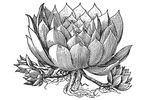
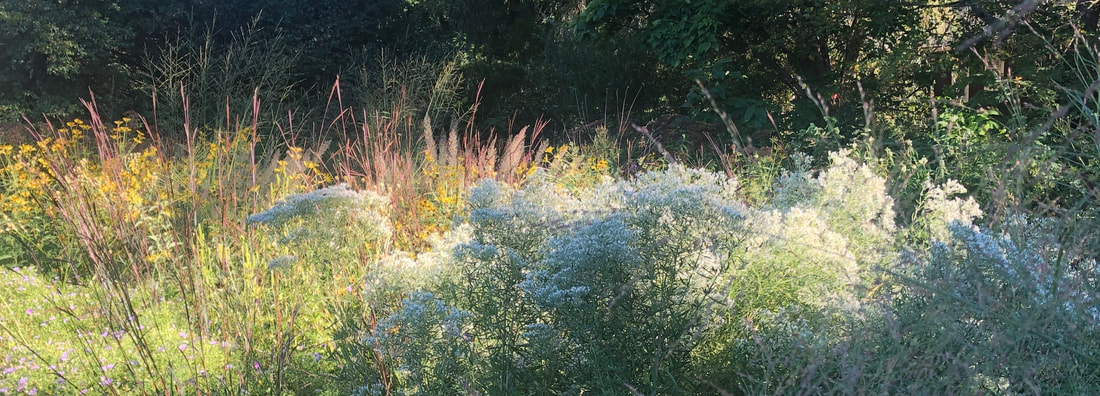
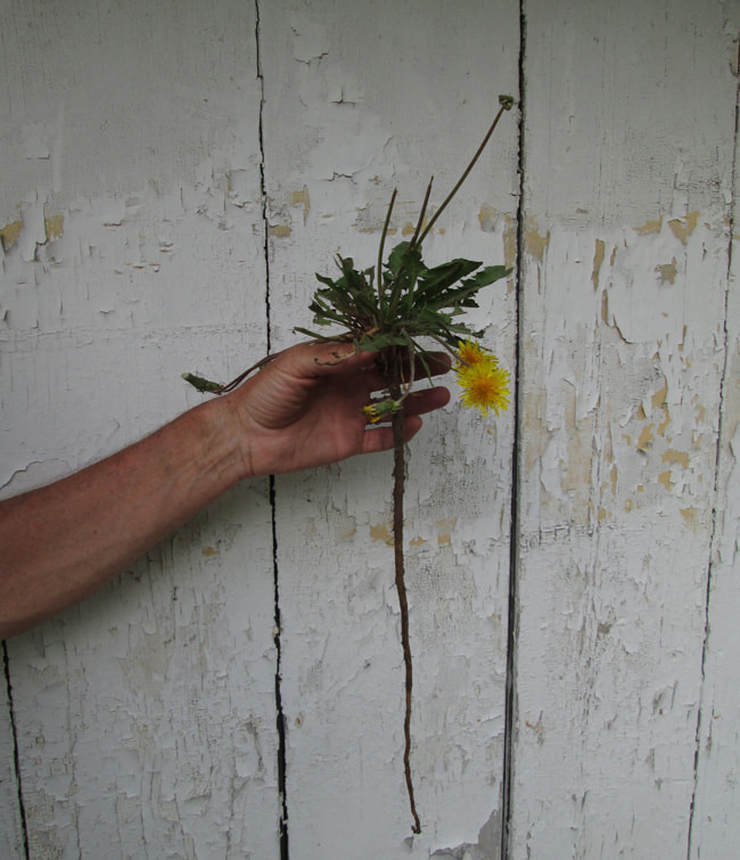
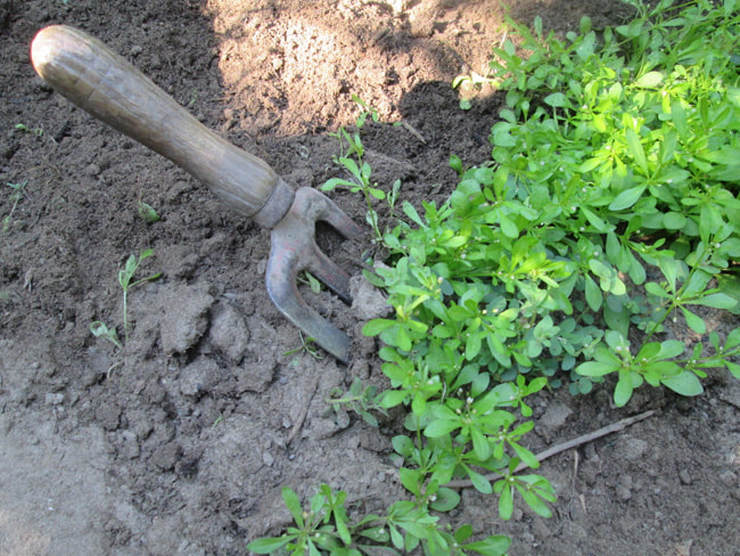
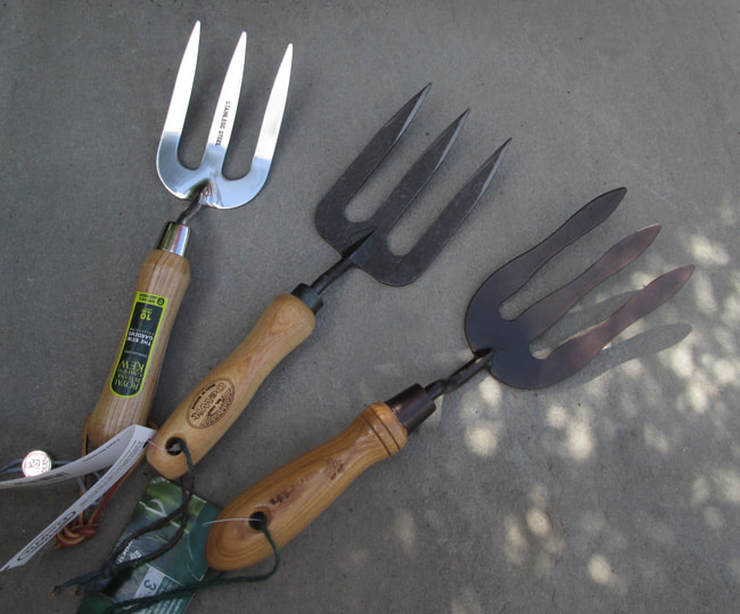
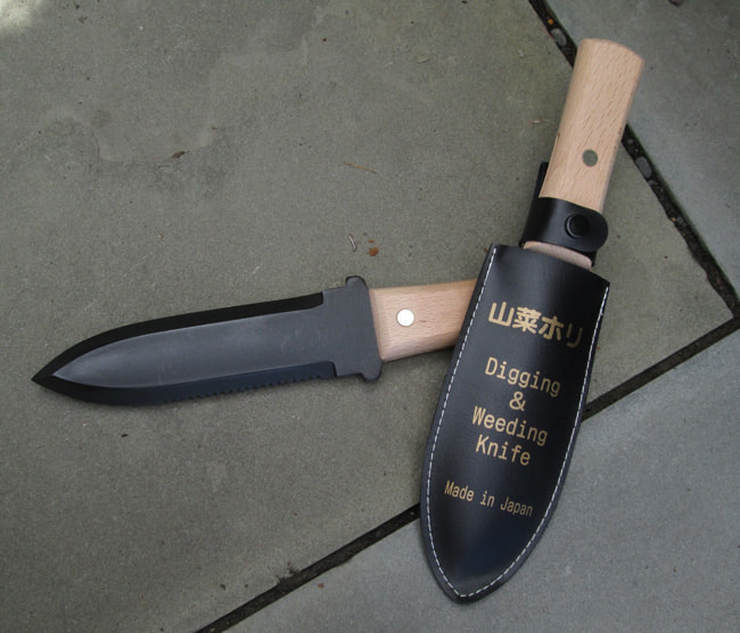
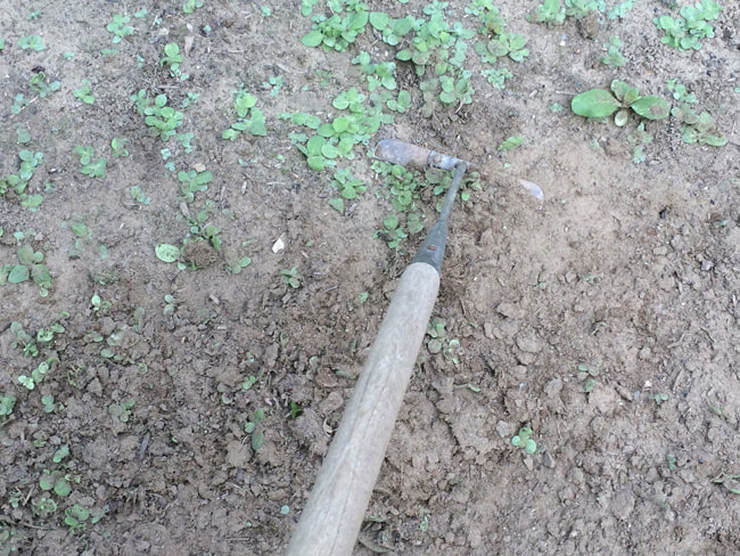
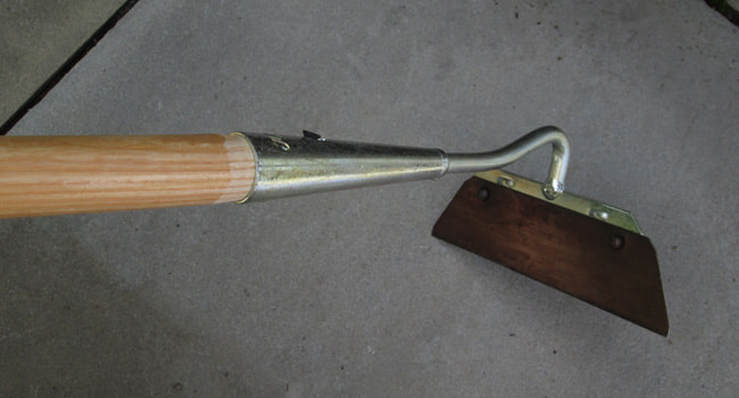
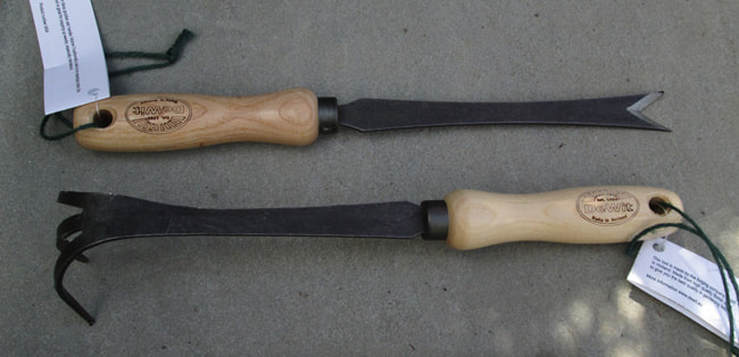
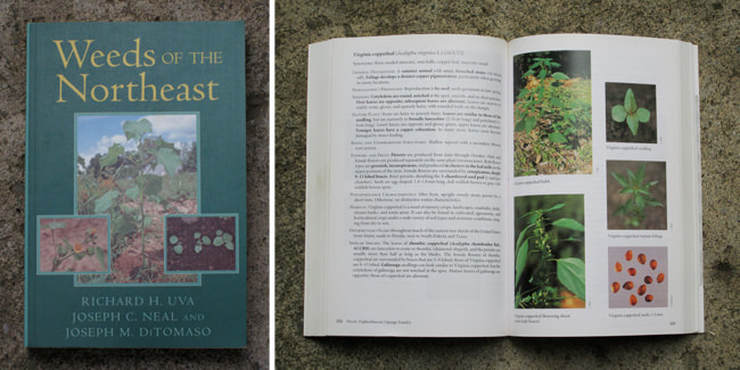
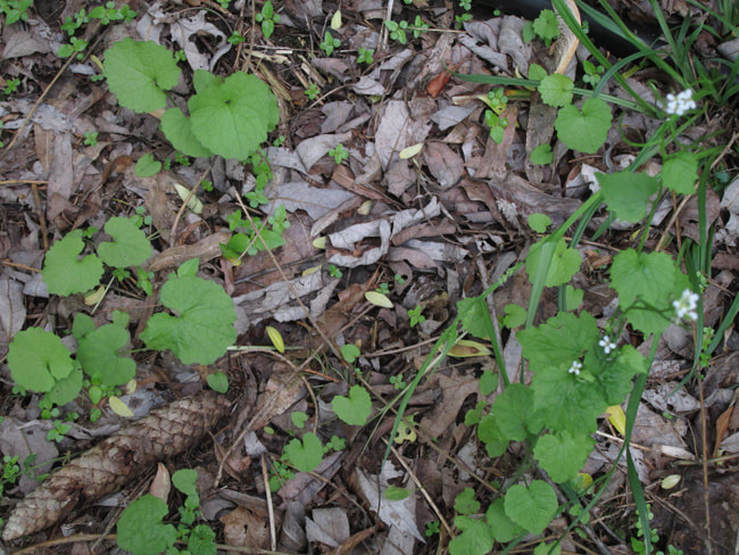

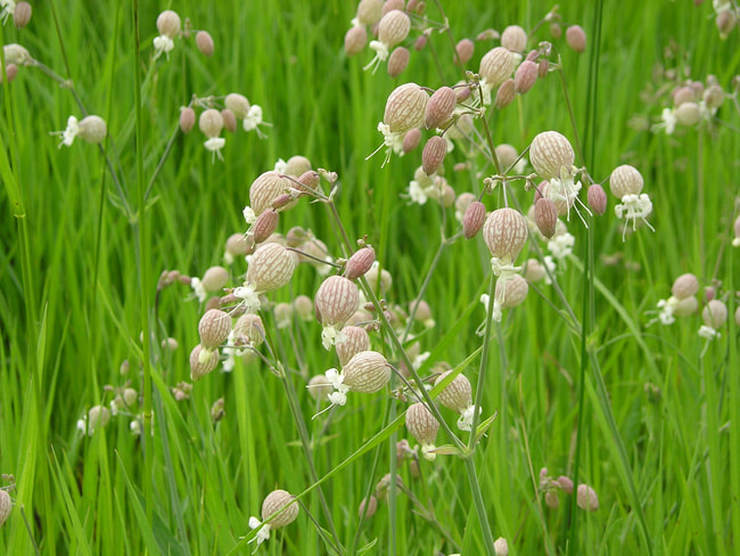
 RSS Feed
RSS Feed